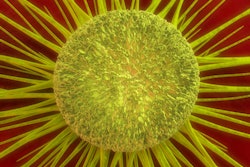Italian researchers' concerns about contrast-induced nephropathy (CIN) continue to increase, according to an article published on 24 October in Therapeutics and Clinical Risk Management.
Physicians have debated the safety of using contrast media to enhance medical imaging for years. On the one hand, studies have linked the use of contrast media to kidney impairment. On the other hand, research has also suggested that CIN is not associated with serious adverse events.
Researchers from the University of Campania Luigi Vanvitelli in Naples set out to determine physicians' interest in the field of CIN in Italy and how it has progressed over the past three decades.
They searched for meta-analyses, observational studies, and clinical trials conducted by at least one author affiliated with an Italian university or healthcare group that assessed the impact of CIN on patient health. Among the 2,011 studies identified, the researchers deemed eligible for evaluation 60 original articles and 15 reviews published between 1990 and 2017.
In the majority of the studies examined, patients were exposed to contrast media for either angiography or percutaneous coronary intervention, according to lead author Dr. Maurizio Sessa and colleagues. Cardiologists performed most of the related clinical research, whereas radiologists demonstrated only marginal interest.
The review ultimately recognized the trend that Italian researchers have an increasing interest in the risks associated with using contrast media, particularly CIN.
"In Italy, during the past three decades, a significant increase was observed in the number of studies clinically evaluating contrast-induced nephropathy," they concluded.



















